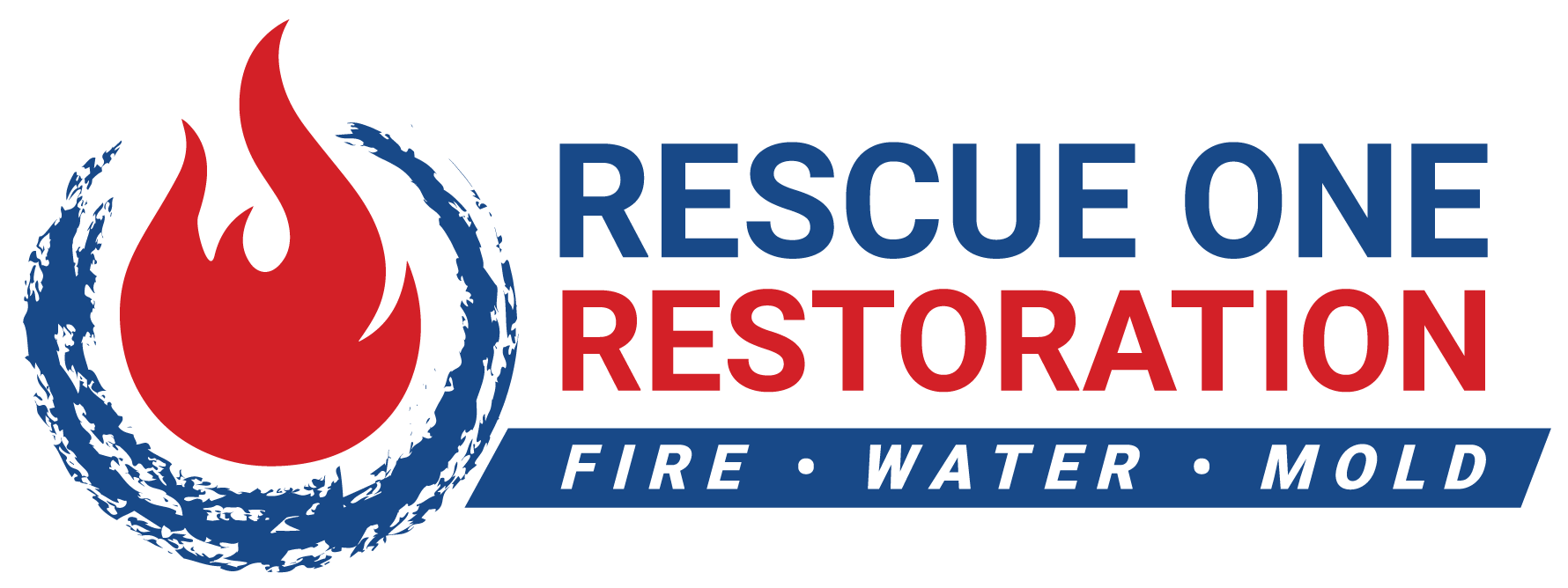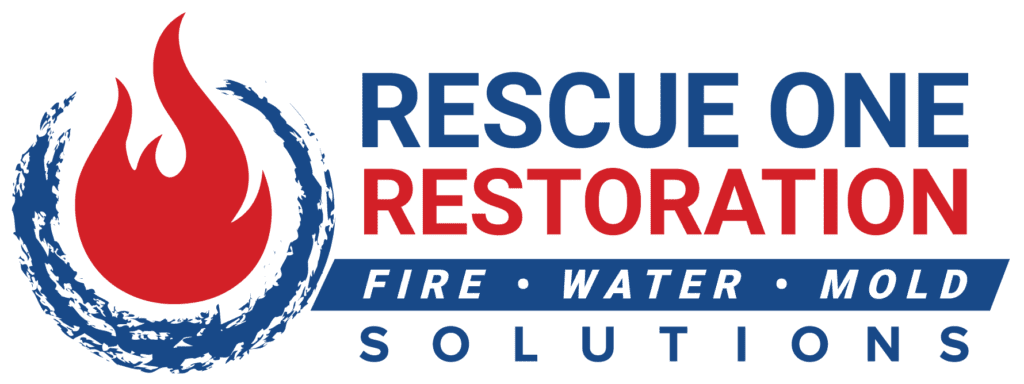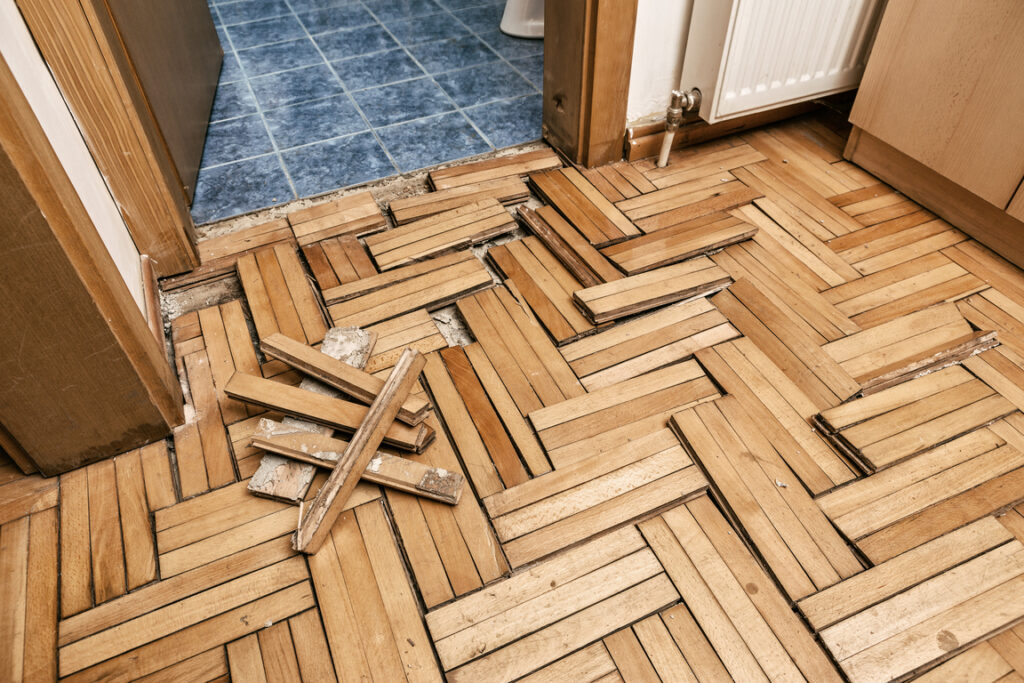
Underneath all that gorgeous hardwood or carpeting, subfloors are doing the heavy lifting of supporting you and everything else in your home. That’s why your house’s structural integrity will be compromised if your subfloor has been damaged by water. Sad to say, this is a prevalent issue that affects many homes.
In just a few days, water from a dripping refrigerator or a downpour can soak into the floorboards and weaken what’s underneath. In many cases, it can take months or years to discover the full extent of the damage.
If you’ve been asking yourself, “is my subfloor water damaged?” or “do I need to replace my water damaged subfloor?” keep reading! This article will walk you through the warning signs that determine whether it’s time for restoration or replacement.
The Importance Of Subflooring
One of the most crucial architectural elements of your house is the subfloor. It is made from softwood or plywood and spans the various floor joints that make up a building’s structure. Walls are held up by the subfloor, which acts as the level base for finished flooring. When it comes to water resistance, this layer holds up well. However, even a little leak might have severe consequences if left unchecked.
Causes of Water Damage in Subflooring
Here are some of the usual reasons why your subflooring gets damaged by water:
- Burst water pipes: Because of the poor quality of the plumbing materials, leaks can occur beneath the surface of the flooring. That can cause serious damage to the subfloor.
- Wrong subfloor material: Water seeping through the floor’s surface is a regular occurrence. However, the inappropriate subflooring material cannot withstand even a small amount of moisture.
- Natural catastrophes: Flooding from a storm is an unavoidable catastrophe that can do serious harm to your subfloors. When floodwater enters your home’s crawl space, there is nothing you can do about it.
- Cracks in your home’s exteriors: Water and dampness can easily seep into the flooring through these cracks whenever it rains. This moisture can damage the subflooring.
Is My Subfloor Water Damaged?
Water-damaged subfloors might go undetected for a long time. It can take years for gradual deterioration, such as that caused by leaking roofs or windows or plumbing issues, to become noticeable. Here are a few of the warning signs of subflooring problems:
Loud Squeaks Or Creaks
Most floors make a little noise when you walk on them. Much of the time, people don’t pay attention to the irritating sound and avoid stepping on the squeaky portion of the floor. But if you hear loud creaks, it could indicate that the subfloor material has been deformed or curled.
Squeaking noises occur when the subfloor nails attached to the wooden beams shift in and out of position. Usually, the subfloor should be nailed to the beams. Those dreaded squeaks occur when nails become dislodged due to exposure to moisture.
Signs Of Mold
If you notice a weird or musty stench emanating from your floor, it is most likely caused by a moldy and damaged subfloor. Mold and water damage can lead to spongy, uneven, and squeaky floors. Inhaling mold spores can be hazardous to your health, so be sure to use a mask or other respiratory protection if you’re trying to locate the source of the foul odor.
Loose Or Cracked Tiles
Loose or broken tiles can also indicate a problem with the subfloor. Kitchens, toilets, and laundry areas are the most common places where this issue can occur. This is often because of a sinking or warped subfloor. Tiles flex and crack because of the space between itself and the subfloor. Look for signs of broken tiles to see whether your subfloor isn’t strong enough to support them due to damage.
Uneven Or Sinking Sections
If you go around your house and see that the floor is bending and sinking, you know you have a problem with the subfloor. Sinking floors can result from a faulty subfloor installation and water damage, though the former is more likely. Since moisture is the primary cause of subfloor deterioration, controlling dampness is the best approach to prevent this from occurring.
Related Articles:
Common Places To Check For Water Damage,
Top Signs Of Water Damage In Your Home
Do I Need To Replace My Water Damaged Subfloor?
Most of the time, it is not necessary to replace damaged subflooring. However, significant water damage from floods or excessive moisture requires the removal of damaged portions to prevent mold growth and preserve the structural integrity of your home. Due to other problems, such as fire or pest damage, subflooring replacement may also be needed.
Subfloor replacement isn’t usually necessary when water damage is swiftly remedied. Subfloors that have been damaged repeatedly or whose repairs were put off are more likely to need replacing.
The Bottom Line
The subfloor is one of your home’s most important structural elements. That’s why you need to ensure that it’s in good condition. However, there are many cases where the subflooring becomes damaged due to water or moisture. If that happens, you will have to repair or even replace it.
Get a restoration professional like Rescue One Restoration to check your property if you fear your subfloor has been compromised by water or moisture. If you ignore subfloor damage, you risk causing significant harm to your property and endangering your safety.
At Rescue One Restoration, we have knowledgeable and experienced experts who can help you identify and resolve problems with water-damaged subfloors. You don’t have to deal with the trouble of restoring your home. Let us take care of it for you. Contact us by calling (808) 745-1608 today.
Learn more about home water damage restoration services and how Rescue One Restoration can serve you here.
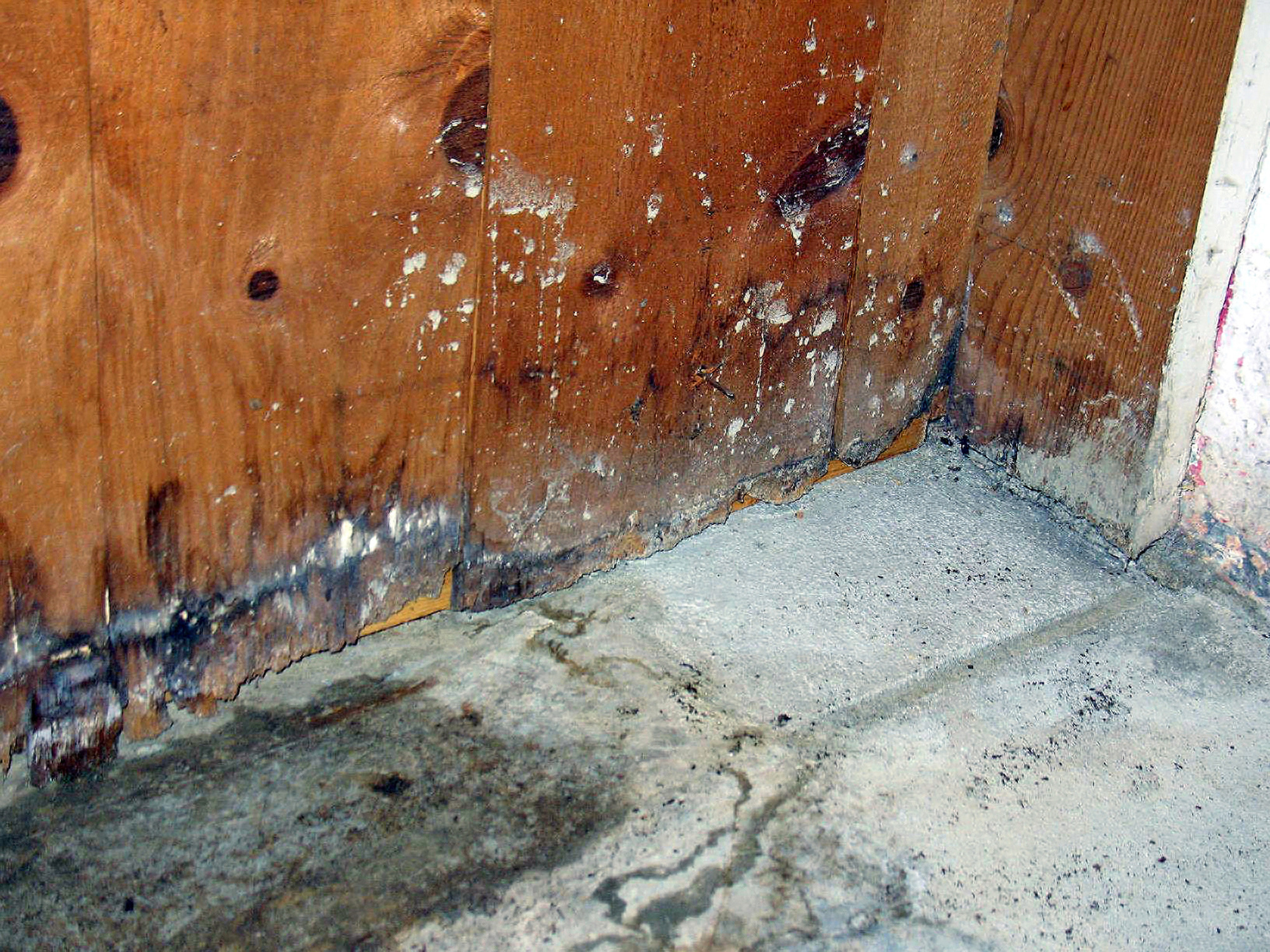
The Hidden Dangers Of Home Water Damage: Why Immediate Restoration Matters Water damage in your home can be very dangerous. What seems like a minor issue at first glance can lead to significant long-term consequences. Left untreated, water damage can cause severe problems, from potential structural issues to the growth

Understanding Insurance Coverage For Damage Restoration In Hawaii With its stunning natural beauty and idyllic climate, living in Hawaii can feel like a dream come true. However, the state’s unique geographical challenges, including its vulnerability to natural disasters like hurricanes, volcanic eruptions, and flooding, can turn that dream into a
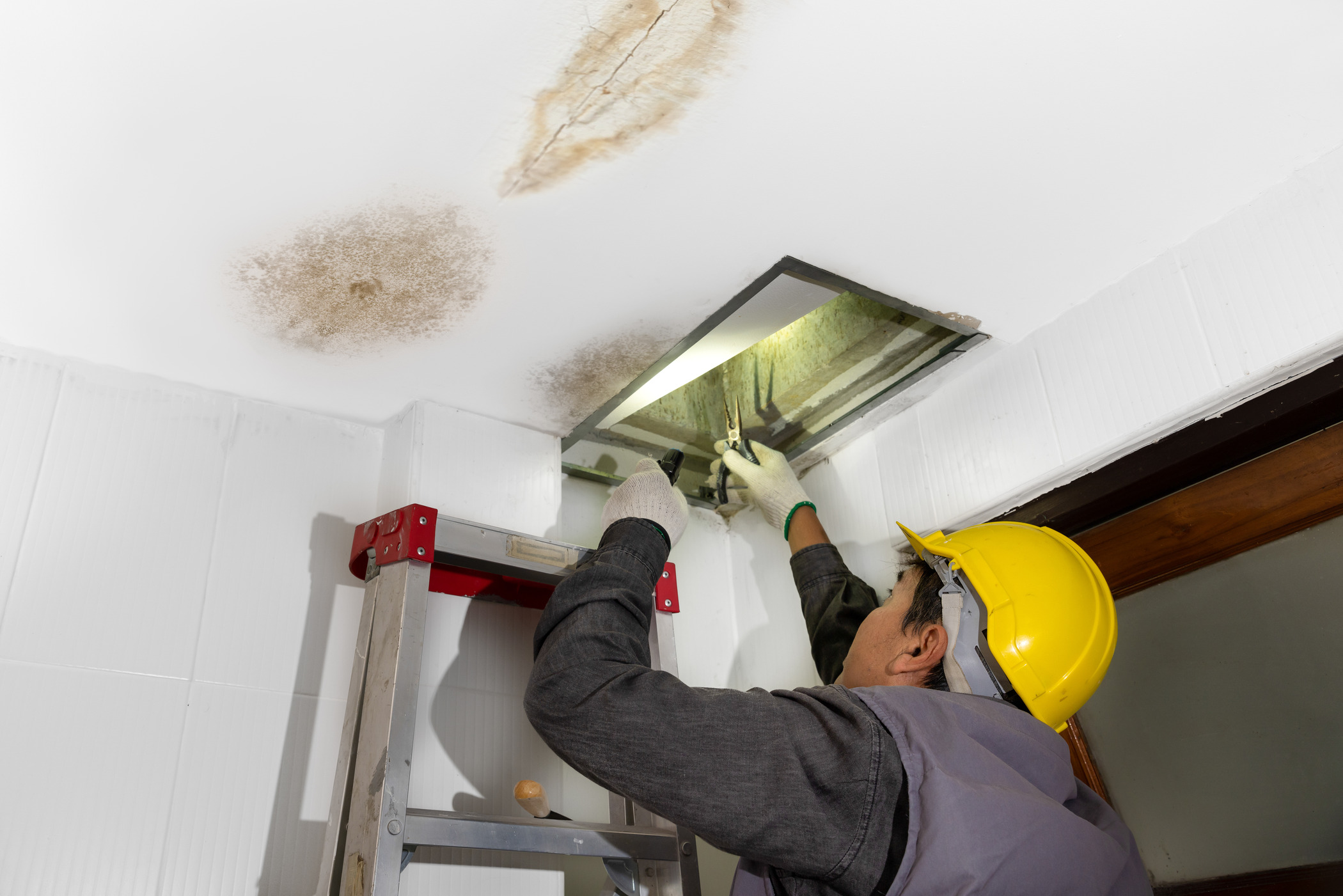
The Ultimate Guide To Water Damage Restoration In Hawaii: What You Need To Know Water damage is a common issue faced by homeowners and businesses alike, especially in a place like Hawaii, where tropical storms and hurricanes can wreak havoc. When faced with water damage, it’s crucial to act swiftly
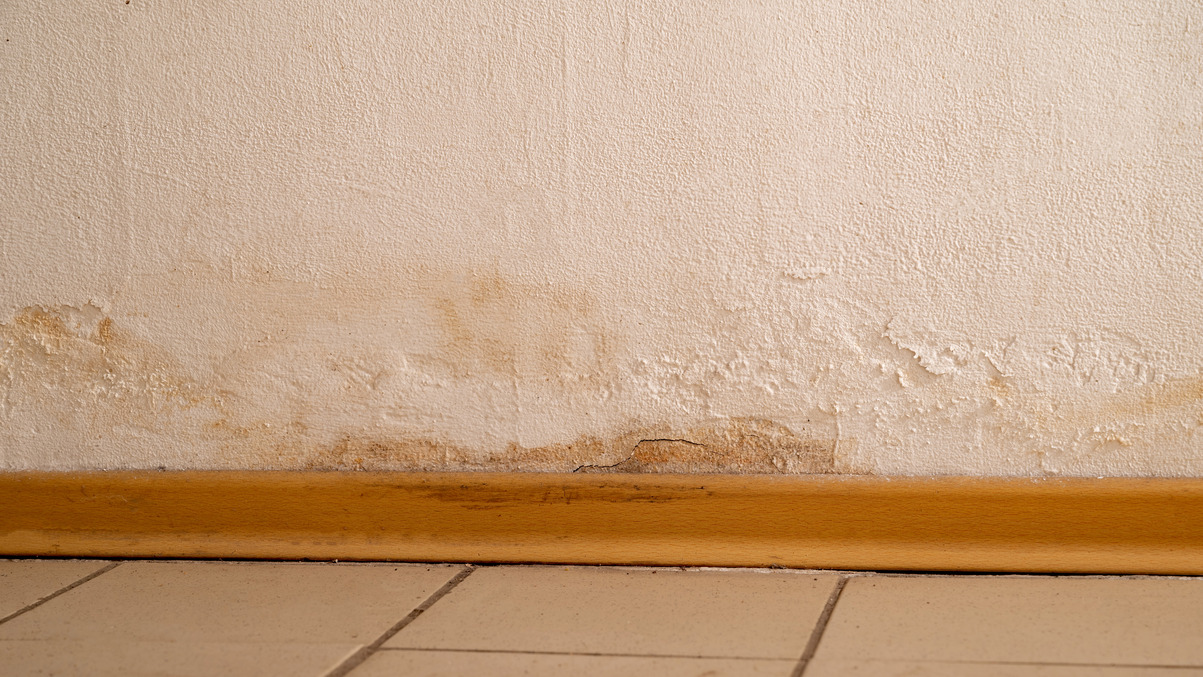
Many homeowners aren’t sure if they need to replace their drywall after water damage. Even a tiny amount of water can cause significant problems for your drywall, and if not fixed quickly, the damage can worsen over time. We’re here to help you answer the question: does wet drywall always
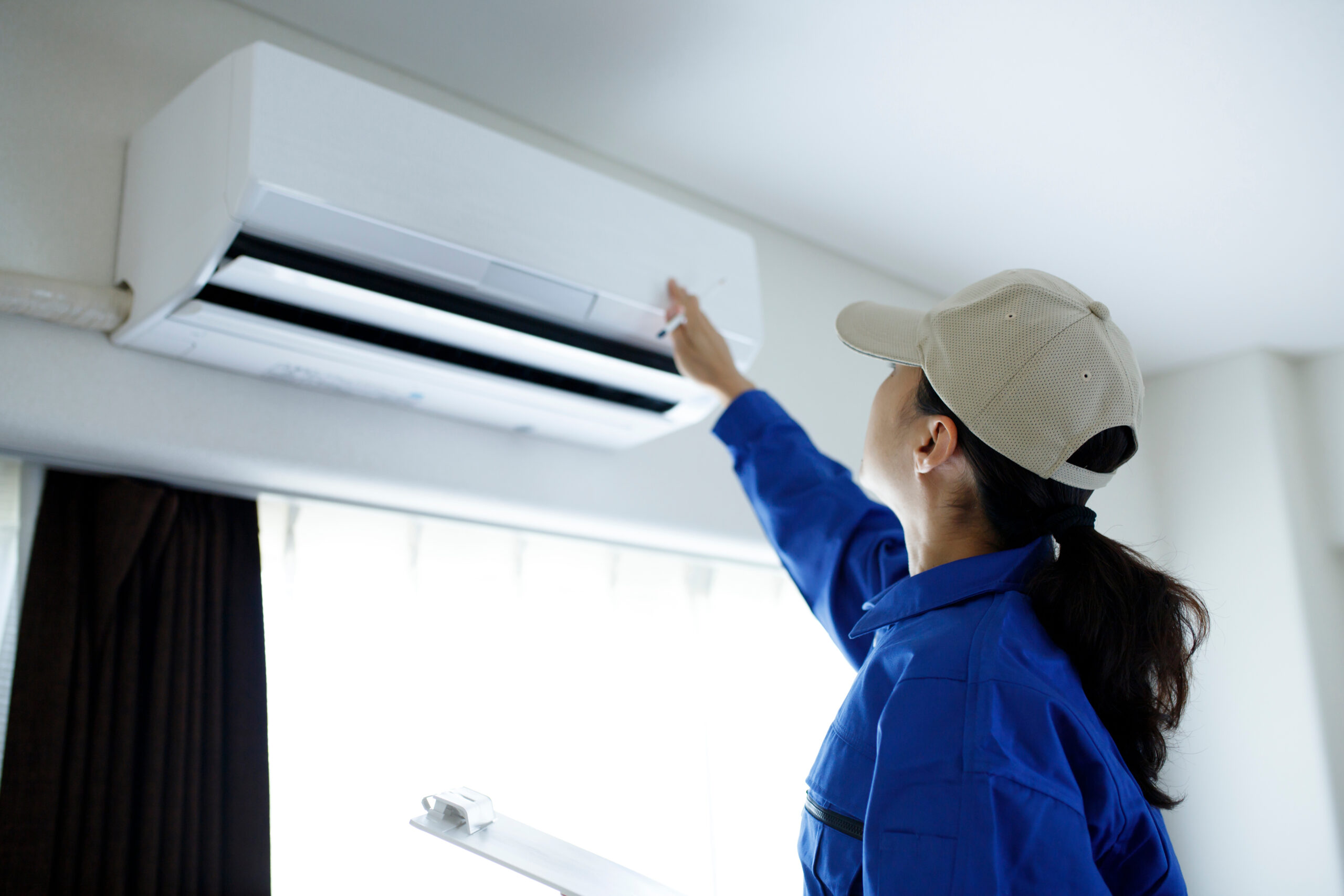
Mold can grow on nearly any surface around your home. In particular, mold thrives on surfaces that are damp, cold, or both. This means many of your household appliances can be potential breeding grounds for mold and mildew growth. It is also important to conduct regular checks and cleaning to
